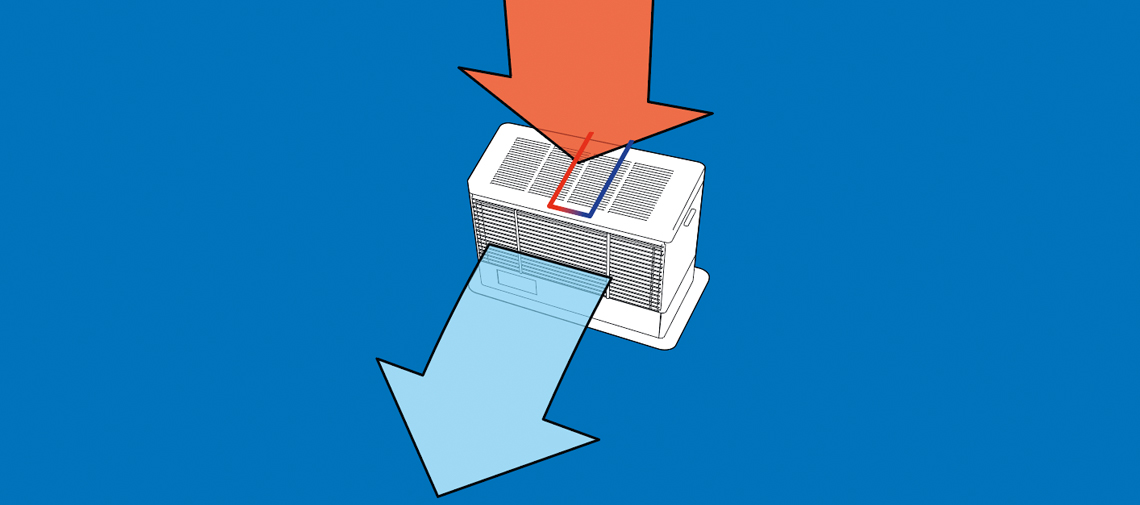The Leeds-based Abbey MAT has transformed how it sources and uses energy in the past two years, says head of IT and infrastructure David Ryder

With three secondary and five primary schools, the Abbey Multi Academy Trust in Leeds has significant energy requirements. But in the past two years, we’ve reduced our carbon footprint considerably by transforming how we source and use energy. In turn, that’s led to savings of around £160,000 a year.
Our school buildings range from Victorian to early 21st century. However, none were using energy very efficiently. We have been committed to improving the quality of the buildings and making them more efficient, by upgrading roofs and insulation, and updating old windows with new double glazing. As a MAT with more than five schools, we were able to fund these important upgrades through school conditions allocations (SCA).
We then looked at how we could achieve Net Zero through a green energy strategy, and ultimately move towards lowering our carbon consumption to zero. We worked with consultants Energy Management Group Ltd (EMG) to submit detailed school-by-school proposals for Salix funding from the Public Sector Decarbonisation Scheme (PSDS). We wanted to install air source heat pumps to power the central heating systems, so part of our submission included technical surveys of each room, including glazing, building fabric, room orientation, insulation and occupancy levels. In particular we had to assess how many radiators we needed to upgrade to take account of the lower water temperatures delivered by heat pumps.
In early 2021, we became one of the first MATs to secure PSDS funding. The £5 million grant enabled us to transform our energy supply, installing 38 AquaCIAT high temperature air source heat pumps in clusters across five school buildings. These take free energy from the environment and upgrade it to a useful temperature. We also replaced half the radiators with higher capacity units and added greater capacity, where necessary, with the installation of additional units.
To part power the heat pumps with renewable energy generated on site, we installed PV solar arrays on five buildings. Electricity from these solar panels will be sold into the grid during the summer when the schools are closed, helping us to reduce costs over the rest of the year. We have added additional funding of around £1 million for further improvements, such as additional solar installations and PV batteries to store solar energy, LED lighting and building upgrades.
There’s no doubt the project was a huge undertaking and there were many challenges, such as delays on the electrical upgrades. However, we expect to reduce carbon emissions by more than 9,000 tonnes over the lifetime of the system and we continue to make efficiency improvements.
One initiative is to develop a school-wide heat map, using temperature data from a new fire alarm system. The idea is to give a real-time overview of conditions in each space so that set points and flow rates from the heat pumps can be optimised to ensure comfortable indoor temperatures. The system controls use clever algorithms so the heat pumps come on one by one as needed. We can also fine-tune the water temperature in the radiators, from 65 degrees early in the morning to 50 degrees once students are on site (knowing that the average class of children produces around 3kw of heat).
We were fortunate to secure Salix funding, but taking steps to monitor and adjust energy usage can make a difference to every school. It’s something we continue to do!
- David Ryder, head of IT and infrastructure, Abbey Multi Academy Trust, Leeds
Further green inspiration
Sign up to FundEd to access grants and funding support

